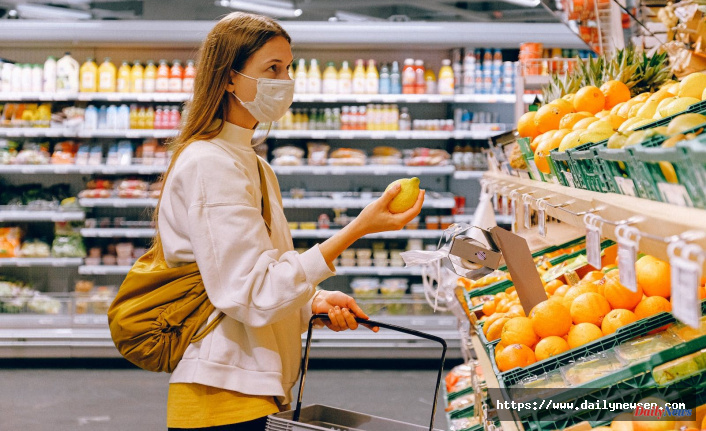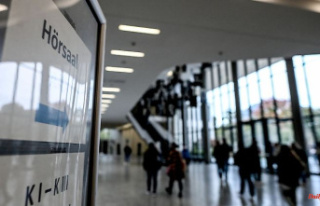Many poor communities thrive where there are food injustices. Unlike 10 euro bez depozytu 2022 sites that give a favour without anything in return, an unjust food system is unfair. The poor people live in a food desert without healthy food choices. All you can find are cheap fast foods that add no value to human health. Where food injustices do not exist, people have access to fresh and healthy food. Moreover, they eat healthy and affordable food.
What’s unjust about food deserts?
Low-income neighbourhoods with access to processed foods may not live longer because of lifestyle diseases. Because of eating unhealthy food for too long, these people succumb to a condition like obesity. People with obesity have higher odds of developing hypertension, diabetes, and heart disease.
What is unjust about this is that people suffer illnesses that they can easily prevent through healthier diets. In affected places, it is easier to find a dialysis clinic than a grocery store. It even hurts more to see young kids getting malnourished because of a lack of healthier food choices. A malnourished child has food deficiencies that may trigger stunted growth, marasmus, and kwashiorkor. It is also shocking to find teens and young adults catching the diseases that we only associate with older people. The prime cause of this is poor nutrition and these kids have no choice. It is an injustice to them.
What is food injustice?
Many authors call it a structural issue that has invaded the consumer market yet it did not create it in the first place. The agricultural sector is a monopoly that benefits no one but those involved in the industrialization of food production. Without any involvement at all, the consumer picks what they find on the market.
Due to the way agribusinesses grow food these days, what reaches the consumer is toxic. Heavy usage of chemicals and pesticides in labs and greenhouses results in unhealthy food. The system aims at producing quantity over quality. Those behind it target the consumer with low purchasing power. Before considering the quality of food they are buying, they want to contain hunger.
So does such a consumer get a chance to make a better choice? They will purchase a high-calorie fast food item because that is all they can find on the market. Someone to pocket more money chooses low-income earners and that’s unjust. A victim of food injustice anywhere on earth does not choose what to eat.
Corporations that feed them decide what they should eat. Such poor people are also raising a generation of kids who have no clue about agriculture. Why would they know about a watermelon if they do not see melons where they live? Another food injustice affecting impoverished communities across the globe is infertile soil. If the soil is infertile, it cannot produce any food. Where there is food justice, someone powerful will do something to change the soil composition and make it more fertile for farming.
Final word
If we help communities grow healthy food, we can build a sustainable future for them. But if we ignore and offer them fast food instead, we will deprive them even more. Food injustice has done worse things than those featured in this article. The world should fight the epidemic to the core.












